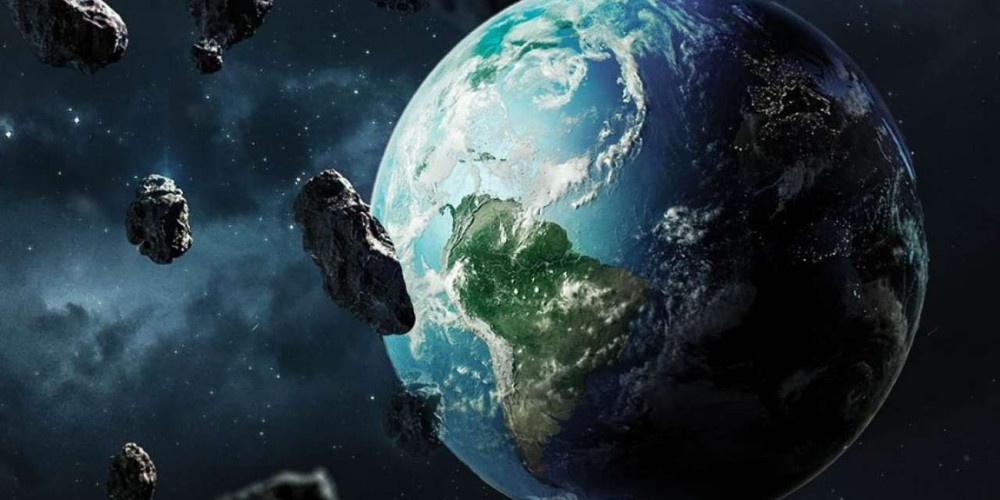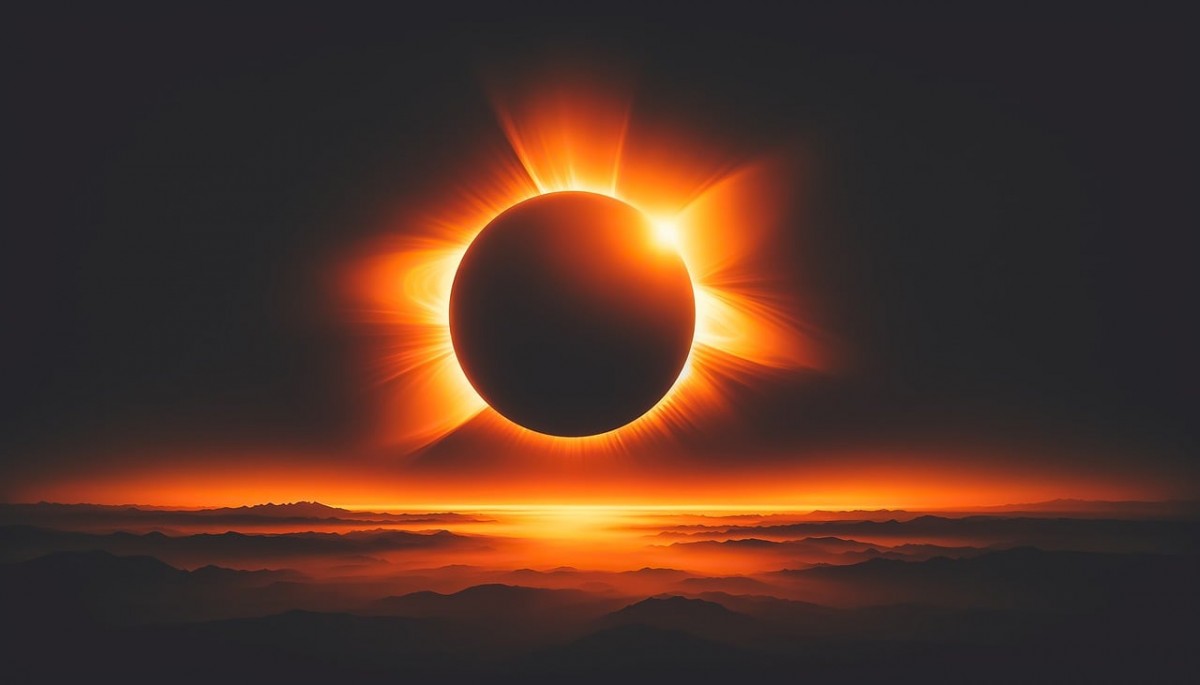World Asteroid Day, observed on June 30th each year, serves as a global awareness campaign to highlight the importance of understanding and addressing the potential threats posed by asteroids. This significant day commemorates the anniversary of the Tunguska event that occurred in Siberia, Russia, in 1908 when a massive asteroid or comet exploded in the Earth’s atmosphere, causing a devastating impact.
World Asteroid Day aims to raise public awareness about the risks associated with asteroid impacts and the importance of detection, tracking, and mitigation efforts. It brings together scientists, experts, astronauts, policymakers, and concerned citizens from around the world to foster collaboration and share knowledge on asteroid-related topics.
The primary goal of World Asteroid Day is to increase efforts in discovering and tracking near-Earth asteroids, particularly those that pose a potential threat to our planet. Scientists emphasize the importance of identifying and monitoring these celestial bodies to provide early warning systems and develop mitigation strategies in the event of a future impact.
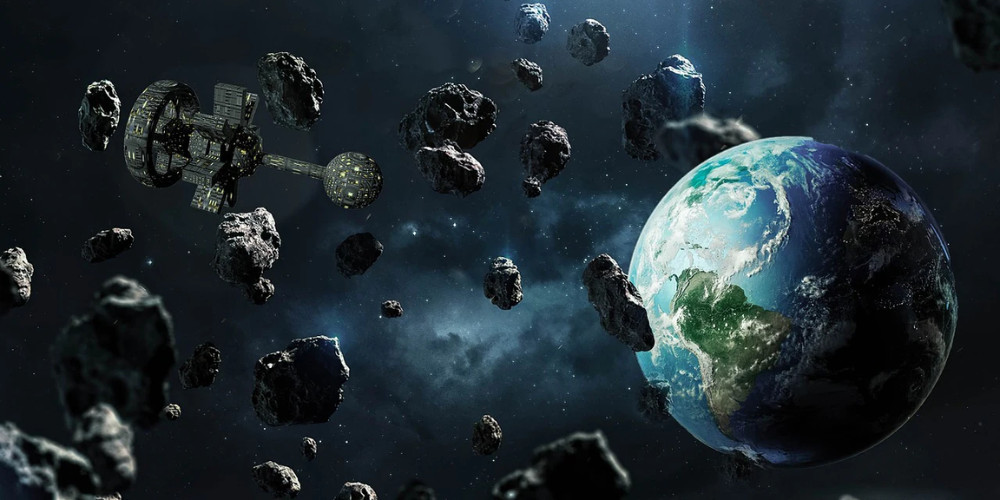
Events and activities are organized worldwide to engage the public in discussions, educational programs, workshops, and outreach initiatives. These events highlight the scientific advancements in asteroid research, promote public dialogue, and encourage support for further exploration and investigation of asteroids.
World Asteroid Day also serves as a platform to emphasize the potential benefits of asteroids. They contain valuable resources such as water, metals, and minerals that could be utilized in future space exploration and sustainable development initiatives.
By raising awareness and fostering collaboration, World Asteroid Day contributes to international efforts aimed at protecting our planet and advancing our understanding of asteroids. It underscores the importance of continued research, technological advancements, and global cooperation to mitigate potential risks and harness the potential opportunities offered by these cosmic objects.
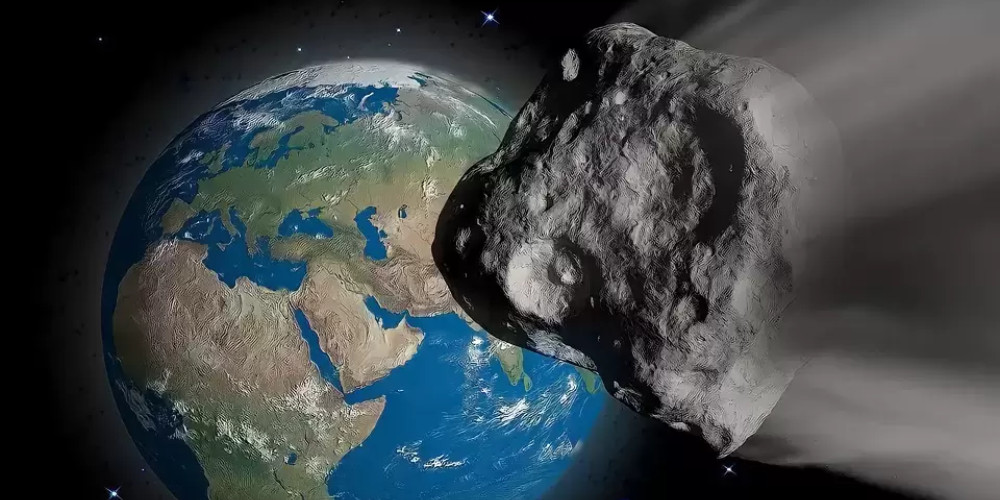
Let’s get a deeper knowledge about Asteroids:
The vast expanse of space is filled with countless wonders, and among them, asteroids have captured the fascination of scientists and enthusiasts alike. These celestial bodies, often referred to as “space rocks,” orbit the sun and have played a significant role in shaping the history and future of our universe. In this article, we will delve into the captivating world of asteroids, their characteristics, their impact on Earth, and the ongoing scientific efforts to study and understand these cosmic wanderers.
What are Asteroids?
Asteroids are rocky remnants from the early formation of our solar system. They vary in size, ranging from small pebbles to massive bodies several kilometers in diameter. Most asteroids can be found in the asteroid belt, a region located between the orbits of Mars and Jupiter. However, they can also be found in other regions, such as near Earth or even beyond our solar system.
Composition and Classification
Asteroids are composed of different materials, primarily rock and metal. Based on their composition, they are classified into three main types: C-type (carbonaceous), S-type (silicate), and M-type (metallic). Each type provides valuable insights into the early formation of our solar system and the building blocks of planets.
Impact on Earth
Throughout history, asteroids have had a significant impact on our planet. The most well-known example is the event that led to the extinction of the dinosaurs about 66 million years ago. An asteroid impact, such as the Chicxulub impactor, caused widespread devastation, resulting in mass extinctions and altering the course of life on Earth. Understanding these impacts is crucial for assessing potential threats and developing strategies to mitigate future risks.
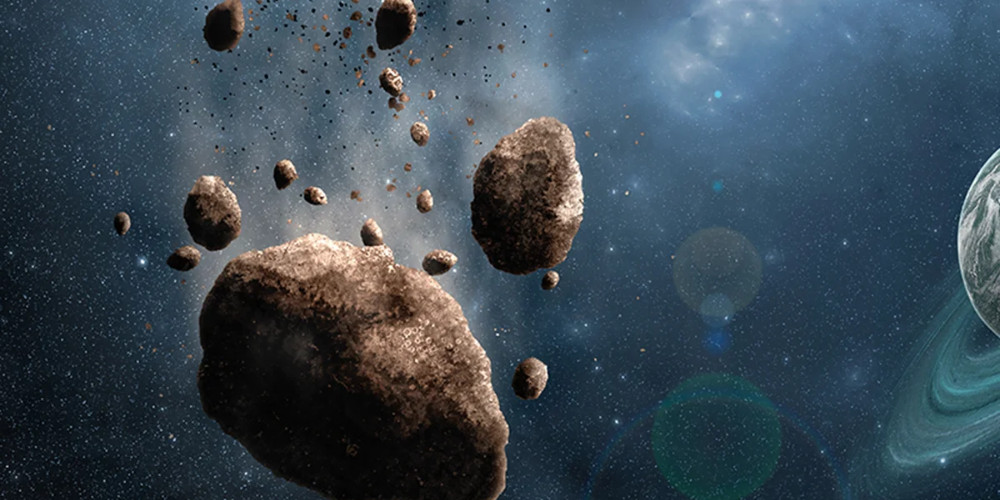
Asteroid Mining and Resources
Beyond their scientific significance, asteroids hold potential economic value. Some asteroids are rich in precious metals, such as platinum and gold, or contain resources like water and rare minerals. The concept of asteroid mining has emerged as a promising avenue for accessing these resources and supporting future space exploration endeavors.
NASA’s Asteroid Redirect Mission
To deepen our understanding of asteroids and their properties, space agencies like NASA have initiated ambitious missions. The Asteroid Redirect Mission aims to capture a small asteroid and redirect it into lunar orbit, allowing scientists to study it more closely and gain insights into the composition and structure of these celestial objects.
Planetary Defense
Given the potential risks associated with asteroid impacts, extensive research is being conducted on planetary defense strategies. Concepts include asteroid deflection techniques, such as gravitational tractors, kinetic impactors, and laser ablation, to alter an asteroid’s trajectory and safeguard Earth from potential collisions.
Asteroids, with their intriguing origins and potential impact on our planet, continue to captivate the imagination of scientists and space enthusiasts. Through ongoing research, exploration missions, and advanced technologies, we are gaining valuable knowledge about these cosmic bodies. The study of asteroids not only expands our understanding of the universe but also offers insights into the history of our own solar system. As we unlock the mysteries of asteroids, we take another step towards unraveling the secrets of our cosmic existence.
